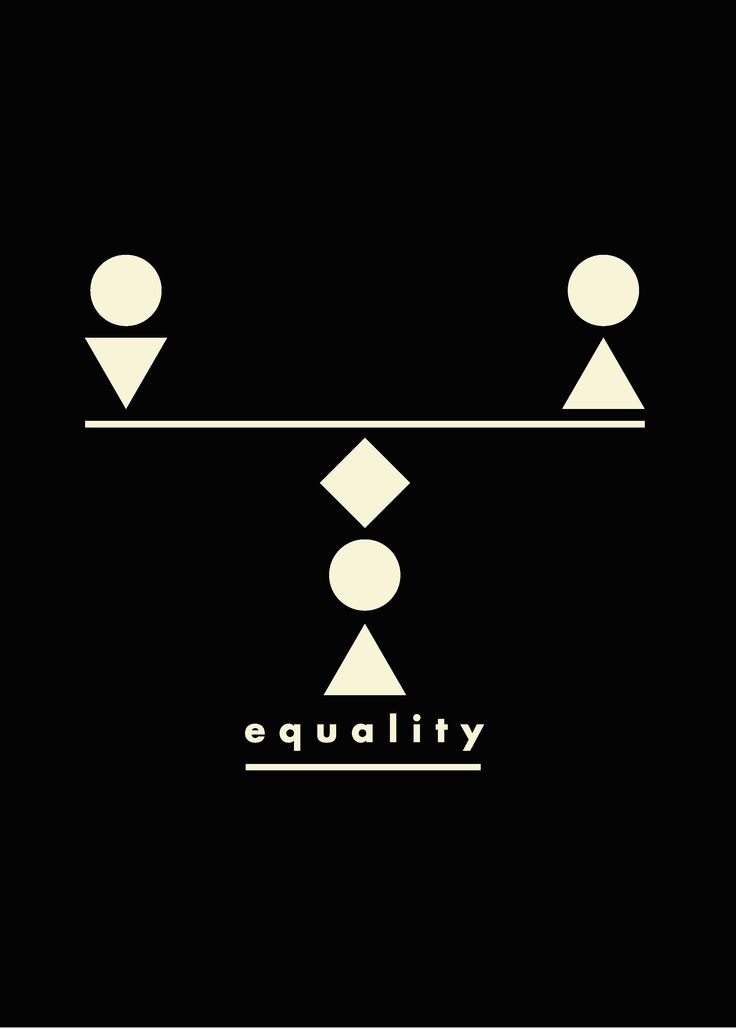Gender Equality Matters

Equal Representation
Equal gender representation refers to ensuring that both women and men have opportunities and equal participation in aspects of society such as politics, the economy, education, and culture. This means that both genders should be fairly represented in institutions and leadership positions to ensure their voices and perspectives are taken into account.
Half of the global population consists of women and girls, implying that they also bring about half of its potential. Nonetheless, there is still the presence of gender inequality impeding progress. On a grand scale, women in the workforce earn an average of 23% less than men. Additionally, they allocate roughly three times more time to unpaid domestic and caregiving duties compared to men.
A specific example of achieving gender representation is the election of Kamala Harris as the United States Vice President in the 2020 election. Kamala Harris made history by becoming the first woman, African American, and first Asian American to hold this position in the United States.
Her election marked a milestone in terms of promoting gender equality and ethnic diversity within high-level US politics. It not only showcased that women can reach political positions but also emphasized the importance of diverse representation within government.
Kamala Harris's vice presidency signifies progress towards achieving gender equality and diversity within US politics. It serves as an example of how equal gender representation can be realized in leadership roles.